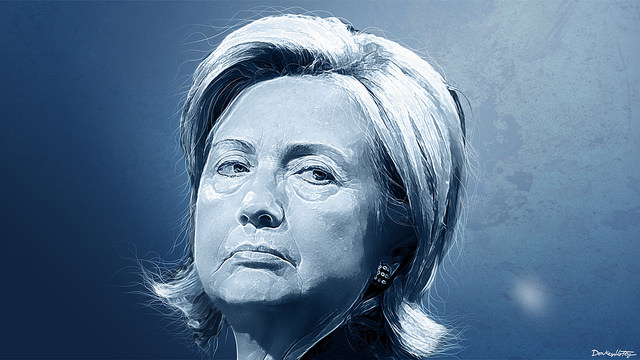
Last week, Hillary Clinton unveiled her plan to reform the finance industry. Clinton claims she wants to “make Wall Street Work for Main Street,” promising a myriad of new financial regulations, essentially riding the populist wave of demonizing the financial sector. However, her misguided proposal does little to benefit “Main Street,” and instead hurts the average investor by increasing onerous government regulation, increasing taxes and fees, and introducing more rules and regulations.
As part of Clinton’s proposal, she seeks to impose a new tax on high-frequency trading. High-frequency trading (HFT) is a method of investment that utilizes advanced computer algorithms, in order to trade stocks at lightning speeds. In recent years this form of trading made up a large percentage of activity on Wall Street.
Since 2008 criticism of HFT has been a repeated talking point for many regulation-obsessed lawmakers, with critics blaming high-frequency traders for being predatory on individual investors. However, such criticism is unwarranted as HFT provides a variety of benefits to investors and the market as a whole. In fact, a study by the Securities and Exchanges Commission affirms the benefits of high-frequency trading. The study found that high-frequency trading makes the market more efficient and lowers transaction costs.
In addition to new taxes on HFT, Clinton also promises to “defend Dodd-Frank” and grow onerous provisions such as the Volcker Rule. In 2010 the Dodd–Frank Wall Street Reform and Consumer Protection Act sought to transform the finance industry in order to prevent another financial crash. Indeed, Dodd-Frank did fundamentally reshape the finance industry, but in a largely negative way by introducing a complex and exaggerated web of new rules, regulations, and fees.
Because of Dodd-Frank, many small community banks, faced with high fees and overwhelmed by rules, have been forced to close. The large investment banks that do have the resources to absorb such costs now spend billions of dollars on compliance fees and employ thousands of compliance officers just to keep up with the complex network of rules. Such funds are simply a waste of resources, and could be put to use building value and profits for American financial consumers. Such needless spending created a number of unintended consequences for consumers — from higher checking account and ATM fees to lack of access to credit.
Clinton’s plan would also “strengthen” Dodd-Frank’s Volcker rule, which regulates proprietary trading by banks. Critics of the Volcker rule point to the rules impact of reducing liquidity in the market which, contrary to the original goal of the rule, actually “amplifies volatility.” Strengthening such misguided regulations will only worsen this problem.
By defending Dodd-Frank and increasing the law’s most burdensome provisions, Clinton promises to further increase and compound this trend of high regulation. It is all to clear Clinton wants to continue Dodd-Frank’s legacy of increased costs, stifled innovation, and government overreach.
Underlying her lofty rhetoric, Clinton’s plan simply expands the powers of the federal government, imposes more convoluted and complicated rules, and levies higher fees and taxes. In an industry where small banks are being forced to close and large banks spend billions to keep up with regulations, introducing even more laws does nothing but slow down growth, harming businesses trying to keep their head above water and disadvantaging small investors trying to save for retirement.

